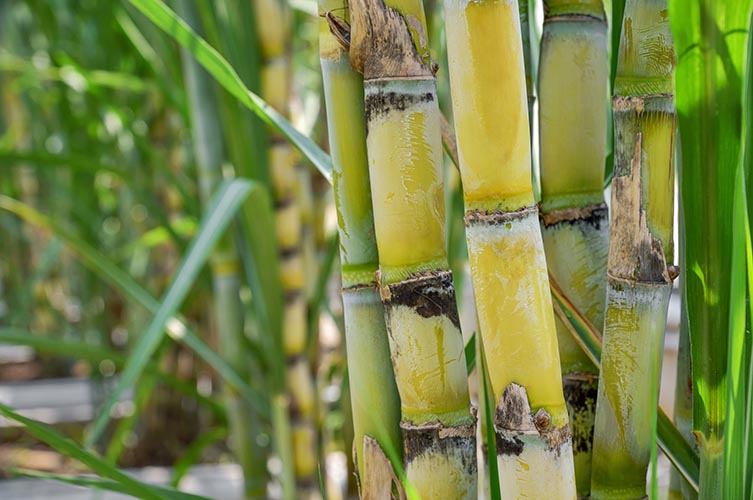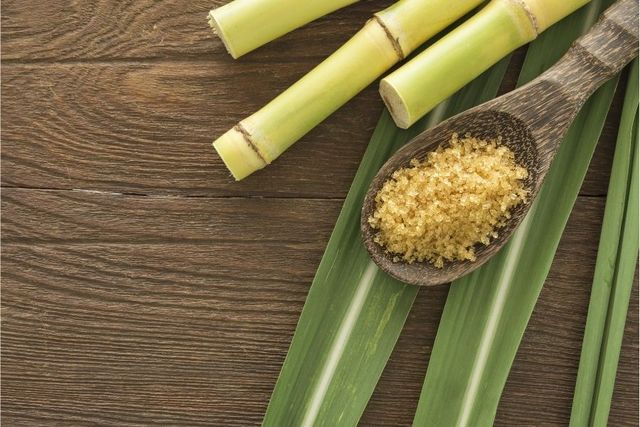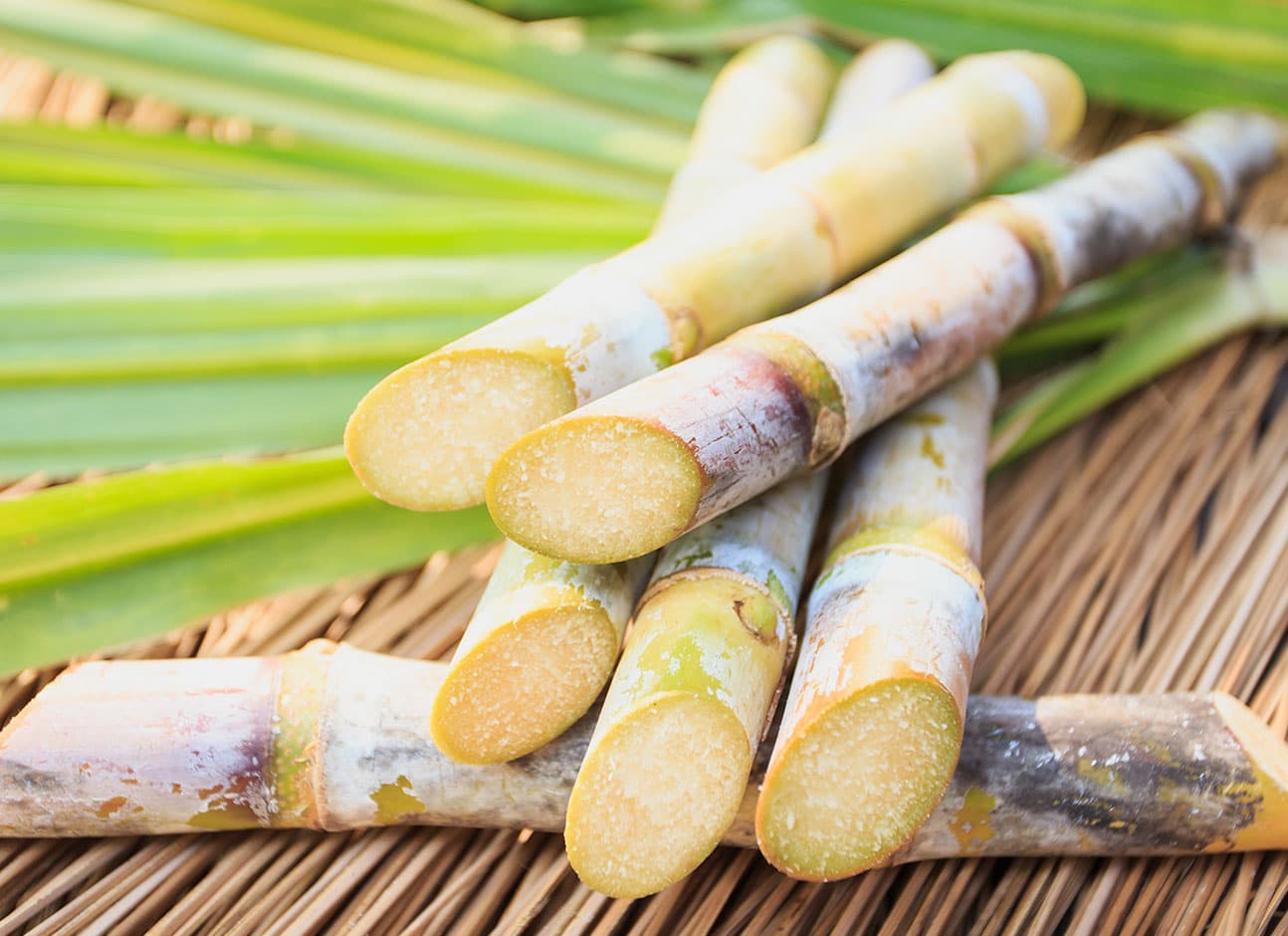Everything About Sugar Canes: What Are Sugar Canes Used For and Their Duty in Worldwide Agriculture?
Sugar canes act as a foundation of international farming, primarily identified for their role in sugar manufacturing. They additionally add to the development of byproducts like molasses and ethanol. These facets not just sustain numerous industries yet also influence financial security in country regions. However, the farming of sugar walking sticks encounters considerable environmental challenges. Recognizing their complex role motivates further expedition into their agricultural practices and sustainability initiatives.
The Agricultural Process of Sugar Cane Cultivation
Although sugar walking stick cultivation may vary by region, the basic agricultural procedure continues to be constant. The very first step involves picking high-yielding ranges appropriate for neighborhood climates. Prep work of the dirt is essential, usually calling for tillage and the addition of plant foods to enhance fertility. Planting generally takes place throughout the rainy season, with farmers utilizing either whole stalks or cuttings to establish new crops.As the plants expand, they need attentive care, consisting of weed control, parasite administration, and watering, depending on the ecological problems. Farmers monitor the sugar cane's development cycle, which generally covers 10 to 24 months, before collecting. Collecting is labor-intensive, frequently carried out by hand or with specialized machinery, making certain marginal damage to the stalks. Following harvest, the walking stick is carried to refining centers. This meticulous farming procedure not only sustains local economic situations but likewise plays a substantial duty in international agricultural techniques, adding to food and power products.
Sugar Manufacturing: From Cane to Crystal
The journey of sugar production begins the moment freshly gathered sugar cane gets here at processing centers. The initial step includes chopping the cane and washing to prepare it for extraction. Utilizing high-pressure rollers, the juice is extracted from the crushed walking cane, resulting in a wonderful fluid referred to as sugarcane juice. This juice goes through explanation, where contaminations are eliminated via the addition of lime and heat.Next, the made clear juice is focused by steaming it down to produce a thick syrup. This syrup is after that crystallized by cooling down, making it possible for sugar crystals to develop. The taken shape sugar is separated from the staying syrup, known as molasses, via centrifugation.Finally, the sugar crystals are cleaned and dried out, resulting in the acquainted granulated sugar (What Are Sugar Canes Used For). This process changes raw sugar walking stick right into a product that is essential to different culinary and commercial applications, highlighting the significance of sugar in global farming
Biofuels and Sugar Canes: A Lasting Future
As the world progressively looks for lasting power services, sugar walking canes have arised as an encouraging source for biofuels. The biomass stemmed from sugar walking sticks can be exchanged ethanol, an eco-friendly gas alternative that noticeably decreases greenhouse gas emissions contrasted to fossil fuels. This procedure not just provides a cleaner energy resource yet also promotes energy self-reliance for several countries.In addition, sugar walking stick growing supports country economic situations by creating tasks in both farming and biofuel manufacturing industries. Making use of sugar walking sticks for biofuel production additionally motivates farming diversity, which can enhance dirt wellness and reduce dependency on single plants. Moreover, the spin-offs of sugar cane processing can be made use of for electricity generation, furthermore adding to a lasting energy cycle. As countries undertaking to fulfill renewable resource targets, sugar walking canes are positioned to play an important function fit an extra sustainable future in the biofuel landscape.

The Role of Sugar Canes in Beverage Manufacturing
Sugar walking sticks play a considerable duty in beverage manufacturing, functioning as a primary component in rum and adding to the sweet taste of lots of soft beverages. Additionally, their natural juices are utilized in various beverages, boosting taste and charm. This flexibility highlights the relevance of sugar walking sticks in the worldwide beverage market.
Sugar Cane in Rum
Rum manufacturing is intricately connected to the farming of sugar walking cane, a vital crop that offers the essential fermentable sugars needed for fermentation. This process starts with the extraction of juice from collected sugar canes, which is after that either fermented straight or processed into molasses. Yeast is included in transform the sugars right into alcohol, resulting in a diverse range of rum styles, from light to dark ranges. The geographical region where the sugar walking stick is expanded considerably affects the taste profile of the rum, with variables such as dirt type and climate playing essential duties. Nations like Barbados, Jamaica, and Cuba are renowned for their rum production, reflecting the social and historic significance of sugar cane within the international drink industry.
Soft Drinks Sugar Resource

Natural Juice Production Uses
Along with its considerable function in soda manufacturing, sugar walking stick is also critical in the all-natural juice sector. The juice extracted from sugar cane, known as walking cane juice, is commemorated for its all-natural sweetness and unique flavor profile. This juice is typically consumed fresh in various areas, particularly in exotic countries, where it is appreciated as a revitalizing drink. Additionally, cane juice works as a base ingredient in a range of natural fruit juices and healthy smoothies, boosting both taste and dietary worth. Its all-natural properties make it an attractive choice to synthetic sugar, interesting health-conscious consumers. On the whole, sugar walking cane's flexibility in juice production underscores its significance in modern-day beverage offerings you could try here worldwide.
Advancements in Sugar Cane Byproducts
Developments in sugar walking cane byproducts are leading the way for sustainable services in various sectors. Biofuels originated from sugar walking stick offer a different power resource, while advancements in sustainable product packaging are lowering dependence on standard materials. These growths highlight the convenience and possibility of sugar walking cane beyond its main usage in beverage manufacturing.
Biofuels From Sugar Walking Stick
Just how can the by-products of sugar walking stick add to lasting energy solutions? The conversion of sugar walking stick right into biofuels presents a promising opportunity for renewable resource. By using the coarse residue, called bagasse, producers can produce bioethanol with fermentation processes. This bioethanol can function as a sustainable choice to fossil gas, reducing greenhouse gas emissions and dependence on non-renewable sources. Additionally, molasses, an additional by-product, can be fermented to generate biofuels, maximizing resource effectiveness. The power created from sugar cane not just supplies a cleaner gas resource however likewise enhances the general financial practicality of sugar manufacturing. By incorporating biofuel manufacturing into their procedures, sugar cane sectors can play a crucial function beforehand sustainable energy remedies internationally.
Lasting Product Packaging Solutions
Sustainable product packaging solutions are progressively being created from sugar cane by-products, showcasing the adaptability of this agricultural staple. Developments such as eco-friendly plastics originated from bagasse, the coarse deposit left after juice removal, are gaining grip. These products use an eco-friendly choice to conventional plastics, decreasing dependence on fossil fuels and lowering carbon impacts. Additionally, sugar cane-based packaging is compostable, breaking down normally without harming the atmosphere. Companies are now discovering these alternatives to line up with customer demand for sustainability. As awareness of plastic contamination grows, the fostering of sugar cane-derived product packaging is anticipated to increase, positioning sugar walking canes as a principal in the change to greener product packaging services in various industries.
Economic Influence of Sugar Walking Stick Farming

Sugar cane farming has deep roots in lots of economic situations, its financial impact expands much beyond agricultural manufacturing. This crop acts as a substantial income source for numerous farmers worldwide, specifically in developing nations where farming is a key source of income. Sugar cane adds to neighborhood economic climates through job development in handling, cultivation, and harvesting. The market additionally boosts growth in relevant markets such as transportation, devices production, and food processing.Furthermore, sugar cane is an essential player in global profession, influencing global markets and rates. Nations that create sugar walking cane typically rely upon exports to boost their financial stability. The by-products of sugar cane, such as ethanol and molasses, expand earnings streams for farmers and add worth to the farming market. Generally, the financial implications of sugar walking read the article stick farming are extensive, impacting not only farmers yet likewise nationwide economies and whole neighborhoods.
Ecological Factors To Consider in Sugar Walking Stick Growing
While sugar walking cane farming plays a vital function in several economic situations, it also increases considerable environmental problems that can not be ignored. The considerable use of plant foods and pesticides in sugar walking cane farming usually causes soil degradation and water pollution. Runoff from these chemicals can pollute close-by water bodies, damaging aquatic ecosystems. Furthermore, the monoculture methods common in sugar walking cane farming reduce biodiversity, making environments a lot more at risk to pests and diseases.Deforestation is one more important problem, as land is often cleared to make means for sugar ranches, resulting in environment loss for wild animals and boosted carbon exhausts. The high water usage needed for sugar walking stick irrigation can stress local water resources, particularly in arid areas. As worldwide demand for sugar remains to climb, dealing with these environmental difficulties comes to be essential to assure lasting techniques in sugar walking stick growing.
Frequently Asked Inquiries
What Are the Nutritional Benefits of Sugar Cane?
The dietary advantages of sugar walking stick mostly include its high carb material, giving energy. In addition, it contains vitamins, minerals, and anti-oxidants that might sustain overall wellness, though small amounts is vital as a result of its sugar material.
Exactly How Does Sugar Walking Stick Affect Citizen Ecosystems?
Sugar cane farming can substantially influence regional communities by altering land use, affecting biodiversity, and requiring substantial water sources. Additionally, it might bring about dirt destruction and chemical runoff, interfering with bordering environments and wild animals populations.
What Is the Background of Sugar Walking Stick Cultivation?

Exist Alternatives to Sugar Walking Cane for Sugar Production?
Alternatives to sugar walking stick for sugar production consist of sugar beets, corn, and numerous tropical plants like sorghum and agave (What Are Sugar Canes Used For). These crops offer diverse sources of sweet taste, each with distinct farming demands and environmental influences
Just How Do Weather Patterns Impact Sugar Cane Returns?
Weather condition patterns significantly influence sugar websites cane yields with temperature level variations, rains amounts, and seasonal cycles. Dry spell or extreme rains can hinder growth, while excellent problems enhance photosynthesis, inevitably influencing the quantity and quality of the harvest. The trip of sugar production starts the moment fresh gathered sugar walking stick gets here at processing centers. The crystallized sugar is divided from the remaining syrup, recognized as molasses, through centrifugation.Finally, the sugar crystals are washed and dried out, resulting in the familiar granulated sugar. Rum manufacturing is elaborately linked to the cultivation of sugar cane, an important plant that gives the essential fermentable sugars needed for fermentation. Furthermore, the monoculture methods prevalent in sugar walking stick farming reduce biodiversity, making ecological communities much more prone to bugs and diseases.Deforestation is another essential issue, as land is commonly cleared to make method for sugar ranches, leading to habitat loss for wildlife and increased carbon emissions. Alternatives to sugar walking stick for sugar manufacturing include sugar beets, corn, and numerous exotic plants like sorghum and agave.